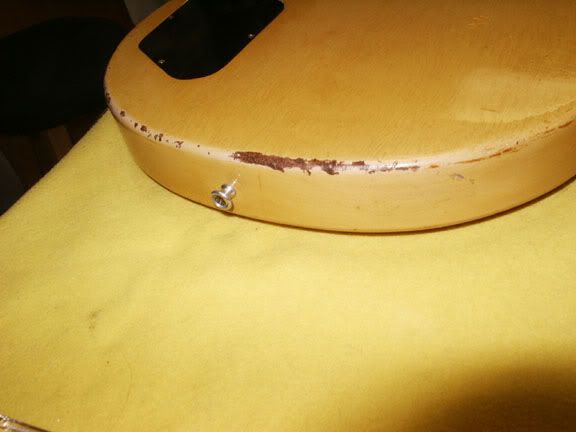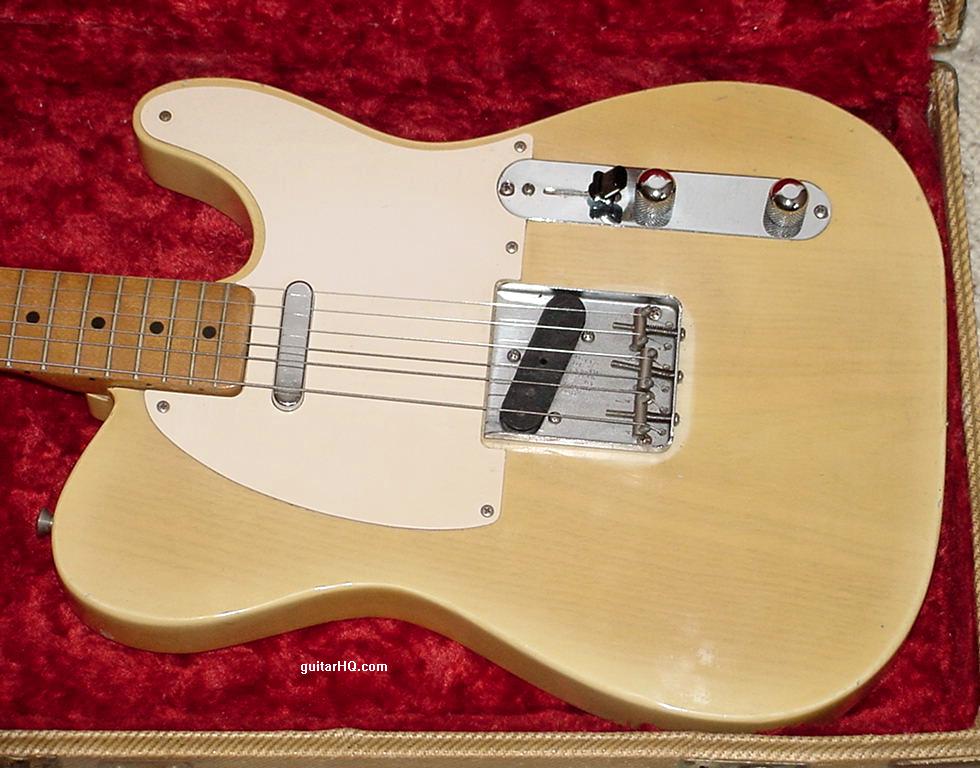61fury wrote:Something like that, or like if some one who owned the guitar from new, if they polished it on a regular basis, would it yellow like that?
Real nitro lacquer clearcoats, no longer in use by Gibson or Fender, invariably yellowed. What most guitar companies refer to as nitrocellulose lacquer these days [with polyol polymer binders] is much less quick to do this, but bear in mind that even poly finishes can go dingey, so it can happen.
How yellow an oldschool nitro coat got depended on what kind of environment and contaminants it was exposed to as it aged and dried out (which takes years with nitro, it never cures and can be re-dissolved in solvents any time). Generally if a guitar saw a lot of live use throughout the 20th century it saw a lot of cumulative nicotine, heat, moisture and light, and staining/fading/wear-through occured as such. This would slow with regular polishing from brand-new status, but only because you are cleaning the guitar; the yellow in aged nitro cannot be wiped off once it's there as it's engrained.
People who played their guitars at home, didn't smoke and left them in cases or a well climate-controlled place away from sunlight typically see much less of this, all the way up to the "closet classic" status (an incredibly clean vintage guitar due to having been in storage most of it's life).
Extreme example ahoy, but check out this Junior... you ready for this?
1987 in
Alpine White.
Compare to a '50s TV finish.
And a white blonde Tele that's been wearing it's bridge cover for decades
'90s-onwards Gibsons and AVRI Fenders will never age like that. You can fade them in the sun (excluding post-2002 Gibsons) but that's it. They're also pre-yellowed so it's just as well that they don't get darker, they'd be like Cheesy Poofs.


